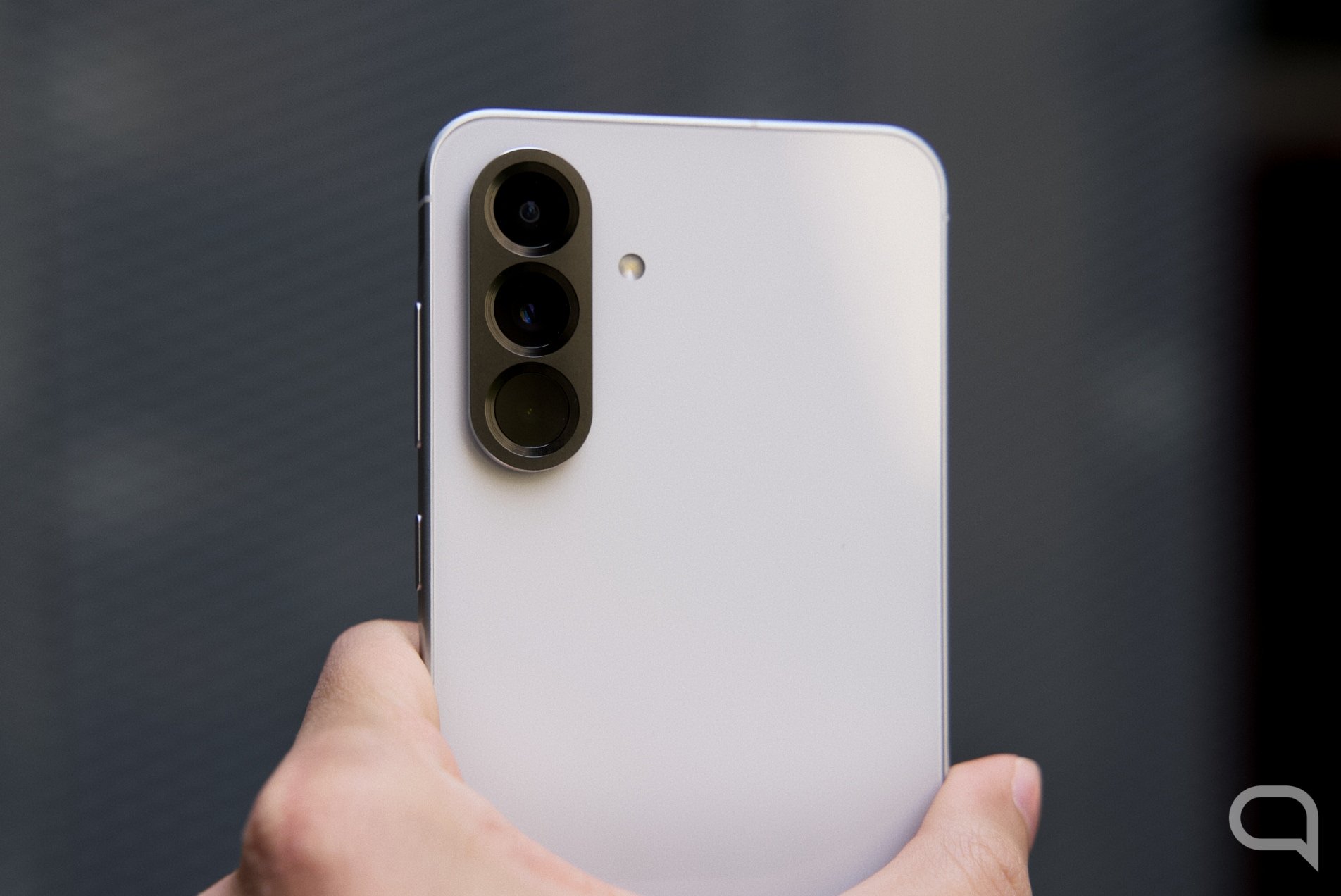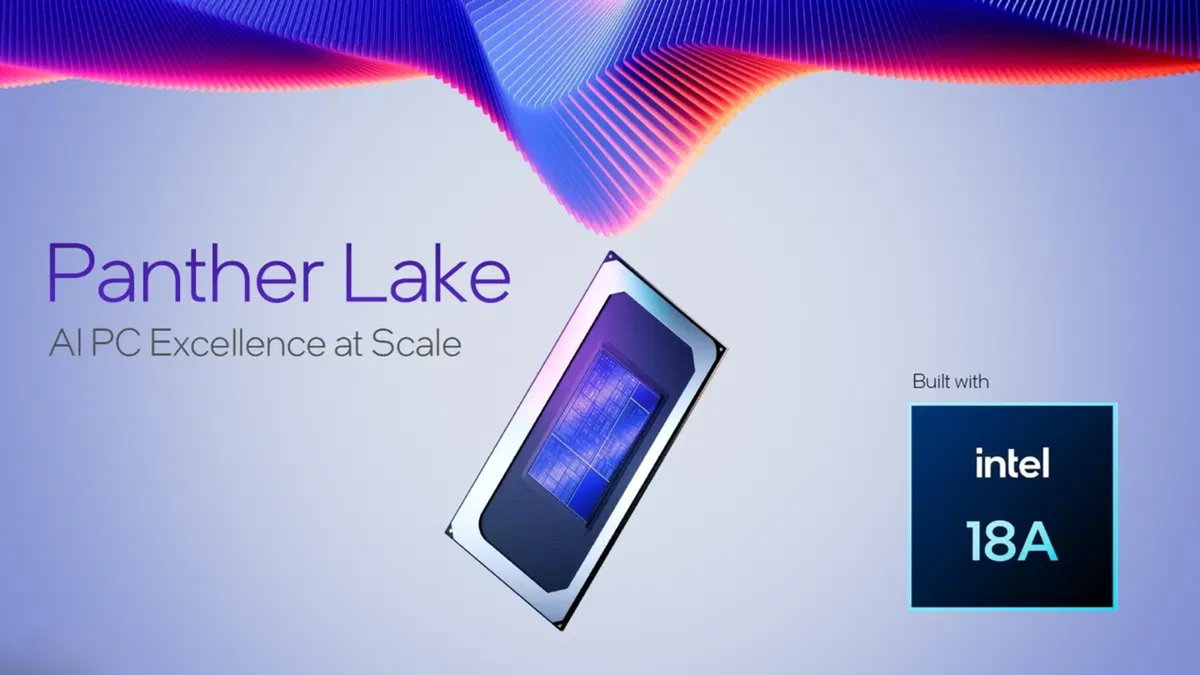One of the few drawbacks solar energy This, of course, is a limitation of production capacity, since it is impossible to capture them at night. However, a team from the School of Photovoltaics and Renewable Energy at the University of New South Wales (UNSW) in Australia has finally managed to overcome this barrier.
How could they produce solar energy in the middle of the night? They turned to infrared rays. Thanks to a semiconductor device called a thermal radiation diode, you can produce solar energy from infrared radiation. The most curious thing is that his invention combines technology that is not new at all. In fact, they use components that have been used in night vision goggles for many years.
These components include thermal imaging cameras, with which you can measure the temperature of an object without touching it. But they are also used to observe infrared radiation.
“Just as a solar cell can generate electricity by absorbing sunlight, a thermal radiation diode generates electricity by emitting infrared light in a colder environment. In both cases, the temperature difference is what allows us to generate electricity.
UNYU.
It is worth noting that at the moment The amount of solar energy generated by your device is quite small.. Specifically, 100,000 less than what a conventional solar panel can generate.
The first step towards something revolutionary
This, however, did not prevent the emergence of enthusiasm among researchers. Firstly, because they have just proven what was considered a simple theory just a few years ago. On the other hand, this This is just the first step performance that can improve over time until you have a device that produces more solar energy. Why not think that in the future this solution will become the standard for power generation in adverse weather conditions?
“The UNSW team’s breakthrough is an exciting confirmation of a previously theoretical process, as well as the first step towards creating specialized and much more efficient devices that will one day be able to capture energy on a much larger scale.”
UNYU.
Ned Akins-Dokes, a member of the aforementioned academic institution, believes that this invention is as important as when the functionality of the silicon solar cell was demonstrated in 1954. At the time, its energy production efficiency was only 2%. Today this percentage has risen to 23%.
These are big words, no doubt, and they show the confidence of the engineering team in the achievements they will be able to achieve in the near future. The opportunity for improvement is wide and they will take advantage of it..
“Even if commercialization of these technologies is still a long way off, being at the beginning of an idea in the process of evolution is very interesting for a researcher. By taking advantage of our knowledge of how to design and optimize solar cells and relying on materials from technologies already existing in the community, such as the mid-infrared photodetector, we hope to make rapid progress towards the dream of producing solar energy at night,” added Dr. Michael Nielsen , one of the main architects of the study.
Source: Hiper Textual













